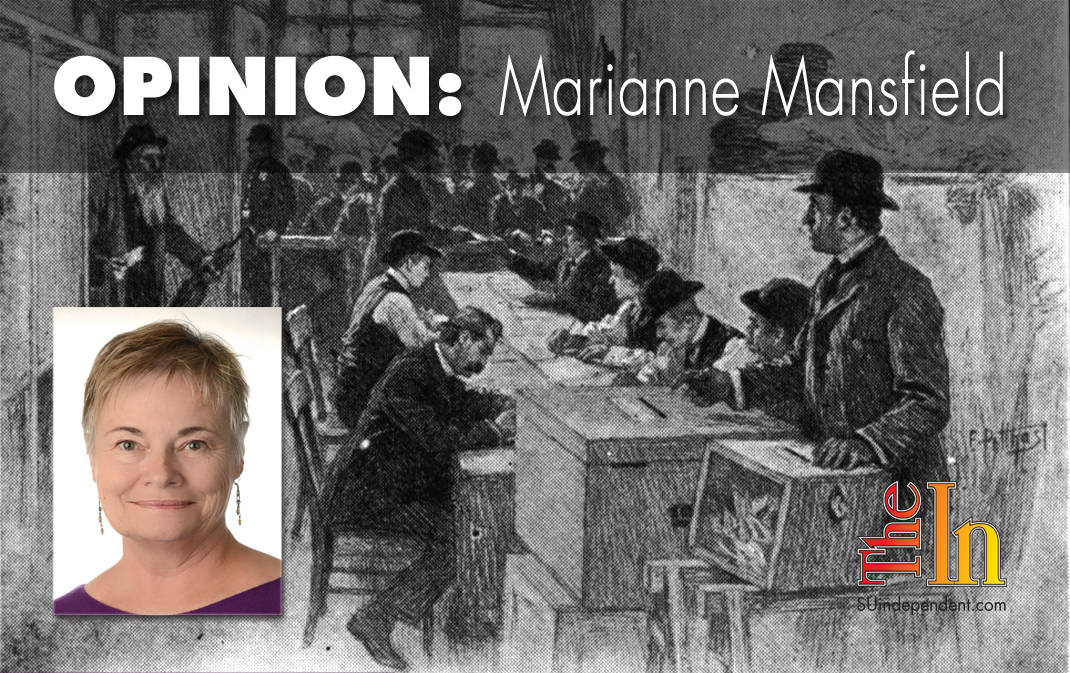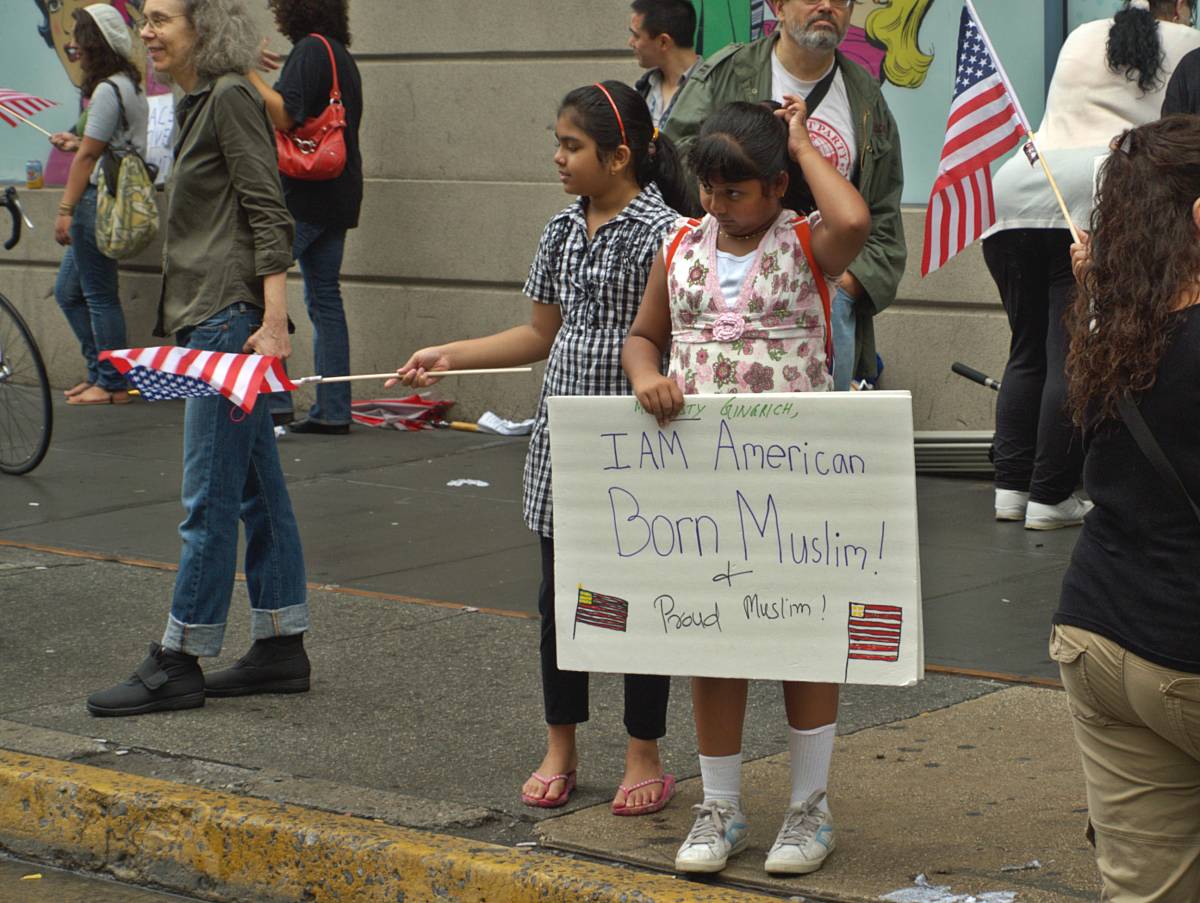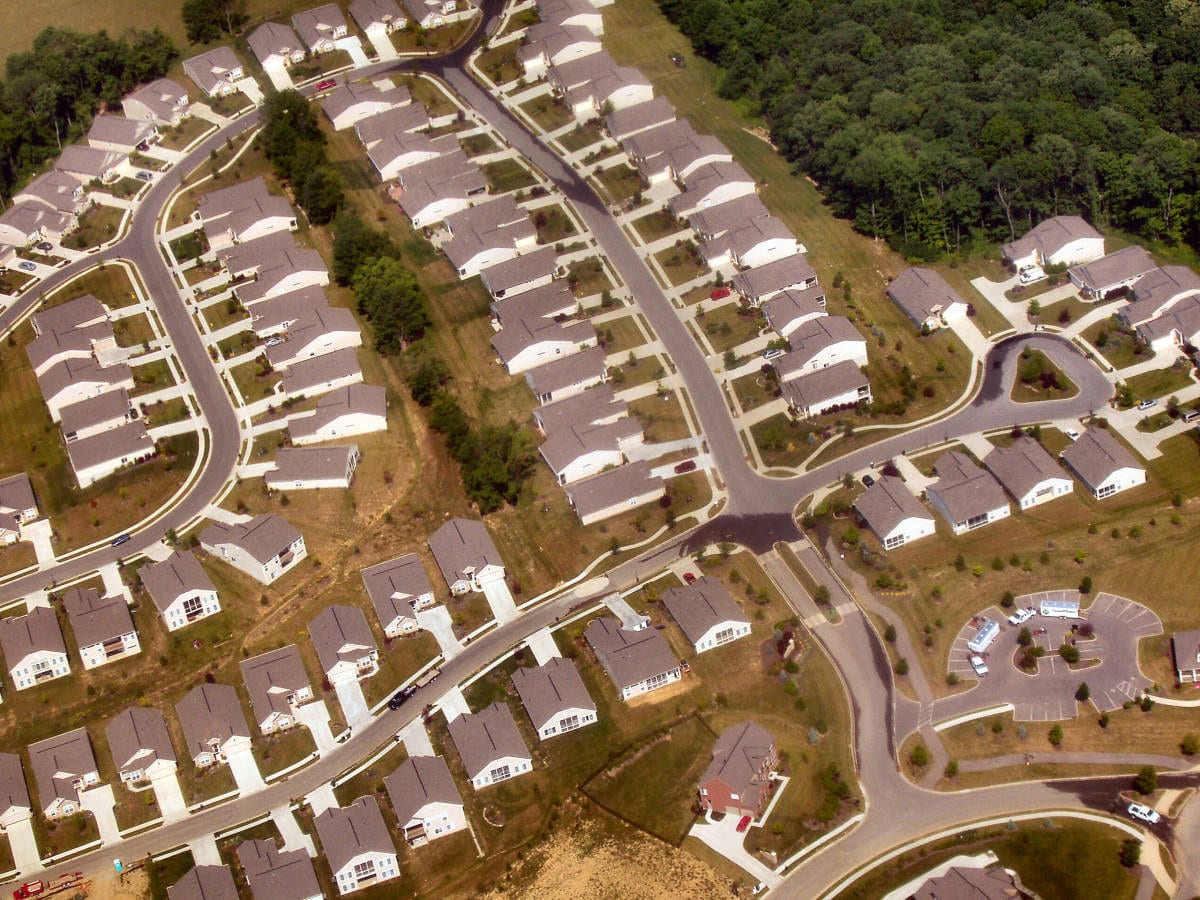 Of the most interesting end-of-the-year summaries, there was one that caught my immediate attention — even more than list of who died during 2015 and of what words should be banned from common use. Not to say that the others aren’t intriguing in their own rights, but the Pew Research Center’s end-of-year review highlights trends that every voter needs to consider as we determine our next president of the United States.
Of the most interesting end-of-the-year summaries, there was one that caught my immediate attention — even more than list of who died during 2015 and of what words should be banned from common use. Not to say that the others aren’t intriguing in their own rights, but the Pew Research Center’s end-of-year review highlights trends that every voter needs to consider as we determine our next president of the United States.
The Pew Research Center is, by it’s own definition, a nonpartisan, non-advocacy American think tank which conducts opinion-based demographic research to provide information on attitudes towards the press, politics, and public policy.
In December of this year, the Pew Center put forth their summary of the research they conducted over 2015. They identified 15 trends they found remarkable enough to highlight. While I won’t outline each here, if you are interested you can read more here. These are the few I think bear remembering as this election year unfolds.
Just 19 percent of Americans say they can trust the federal government always or most of the time.
Considering this appalling figure, I better understand why some of the most popular candidates are Trump and Sanders. Each in his own way touts himself as a Washington outsider who can “fix” what’s wrong in Washington. Ergo, when what is wrong with our federal system is repaired, by whatever means, Americans can again begin to trust their government.
I’m quite certain it isn’t that simple. The 19 percent figure is the lowest measure in over 50 years. What didn’t happen overnight won’t get repaired in that span of time either. If you listened to President Obama’s final State of the Union address on Tuesday evening, you heard him say that he regretted the partisan “rancor” that had grown worse during his eight years in office. This from the same candidate who declared during the election of 2008 that we are more than a collection of “red states and blue states. We are the United States.” I believed then that he could bring the parties together. Not to “kissing cousins” status, but at least to a place of statesmanshiply respect for one another. It saddens me terribly to see what resulted. I do not hope for, nor would I advocate for, blind faith in our elected officials, but I would certainly like to know that a majority of us consider them trustworthy, even if we disagree with the positions they advance in their political agendas.
For the first time since the 1940s, more immigrants from Mexico are leaving the U.S. than coming into the country.
There are several reasons for this, including the fact that the recovery from the Great Recession is taking its time making its way to some of those who are struggling to make ends meet. And it is becoming harder and harder to cross the border into the U.S. due to increased law enforcement efforts. To which I would add, “Do we really need to waste any more time talking about building a flippin’ wall?” Or rather, do we need to continue to search for ways that more people who are here legitimately can share in the recovery?
Islam will grow faster than any other major religion in the world over the next four decades.
People in countries with significant Muslim populations express overwhelmingly negative views of ISIS.

Taken together, these two trends lead me to the obvious conclusion that we need to seek common ground on which all of the world’s major religions can meet. There are enough threats looming against all of us, among them climate change, domestic and global terrorism (read: ISIS, ISIL, Al-Qaeda), famine, and disease which need to be addressed by the brightest of minds regardless of religious affiliation. Our globe needs consensus, not division. Simplistic, you say? Got a better idea?
There’s a substantial rise in the share of Americans who say the country needs to continue making changes to give blacks equal rights with whites.
Superficially, this looks like good news, doesn’t it? However, reading further, one learns that in July 2015, the share was just 59 percent, which had risen from just 46 percent in March 2014. Stated differently, in July of 2015, fewer than six in 10 people felt continual change was necessary. That seems woefully low to me. During the period from April 30, 2014, to April 19, 2015, more than 16 unarmed blacks were killed by police officers. Shouldn’t the fact there there is at least one of these incidents a month indicate that something needs to change? Shouldn’t at least nine out of 10 of us be standing up to shout that we won’t accept this for this country? And before you get your knickers in a knot, I am not defending unlawful behavior on anyone’s part, black or white. Nor am I pointing an accusatory finger exclusively at police officers. That would be so naive as to be insulting. Rather, we need to work together to address the issue of community policing and crime prevention. It’s complicated, but it certainly can’t be insurmountable, or we are doomed.
The American middle class is shrinking.
 After more than four decades of serving as the nation’s economic majority, the U.S. middle class is now matched in size by those in the economic tiers above and below it. As a woman who has lived most of her life in some stratum or other of the middle class, this alarms me. Not so much on the high end. I say “bloody well done” for those who are successfully clawing their ways out of the middle class and into the upper class. That’s damned hard work. I worry for those families who are sliding out the other end, from the economy of the middle class to that of the lower class. I am especially concerned about families with children who can no longer hold out the hope that they will be better off than their parents. How can such a a trend not lead to growing disenfranchisement in its myriad of disastrous forms?
After more than four decades of serving as the nation’s economic majority, the U.S. middle class is now matched in size by those in the economic tiers above and below it. As a woman who has lived most of her life in some stratum or other of the middle class, this alarms me. Not so much on the high end. I say “bloody well done” for those who are successfully clawing their ways out of the middle class and into the upper class. That’s damned hard work. I worry for those families who are sliding out the other end, from the economy of the middle class to that of the lower class. I am especially concerned about families with children who can no longer hold out the hope that they will be better off than their parents. How can such a a trend not lead to growing disenfranchisement in its myriad of disastrous forms?
The Pew Center also identified other phenomena, including some alarming trends regarding where the Millennial generation tends to get its local, state, and national news. Think social media. There is also information about the divide between what scientists and the majority of Americans think on a variety of issues, including the consumption of genetically engineered food and vaccinations. If you are interested, the Pew Center’s website is a treasure trove of fascinating information.
For me, the most gripping of the many takeaways was this: We have a crucial decision to make in November 2016. We get one chance in the next four or possibly eight years to get this right. It is, therefore, incumbent upon us to listen with keen and critical minds to what the candidates are telling us about their views of the world and its order, or disorder. We must decide not only for whom we will vote but why. If we are to support the trends we agree with, and if we are to work against the ones we find alarming, we must be able to say not only who we will vote for, but why. To be any less engaged is, to my way of thinking, criminal. We cannot afford to screw this up.




As long as Faux News is the primary source of “information” on current events and politics for a large and increasingly ignorant segment of the U.S. population there isn’t much hope for a bright future for this country. Is the “news” on social media any worse?
Waid